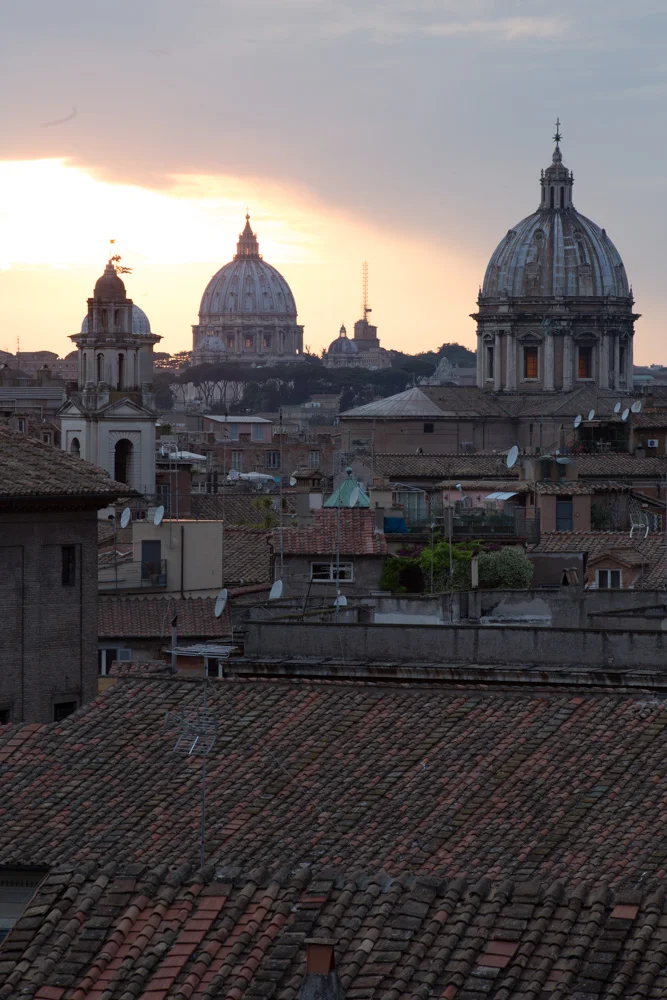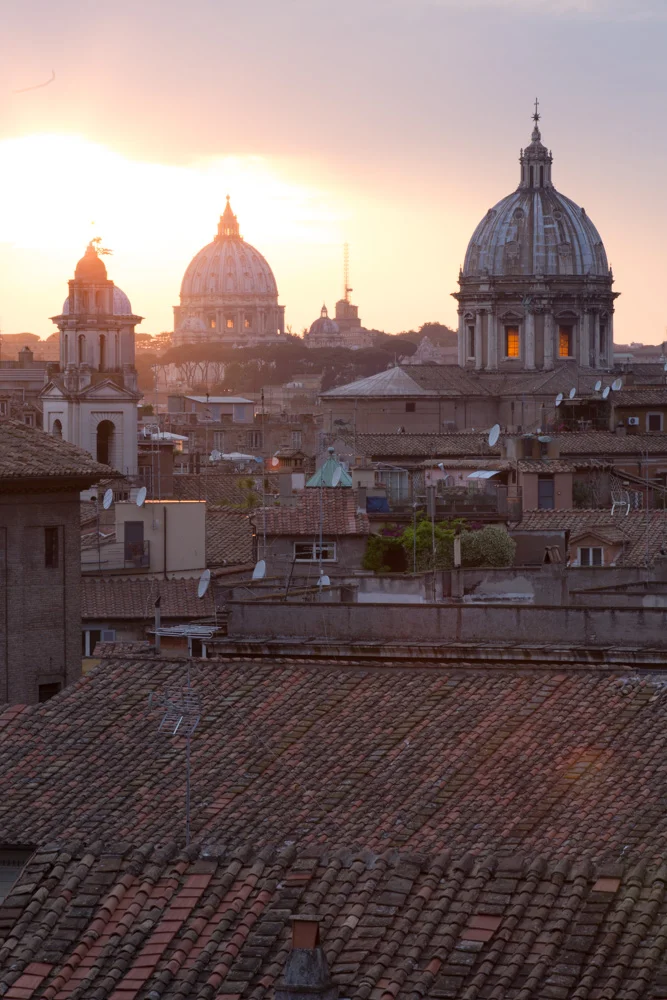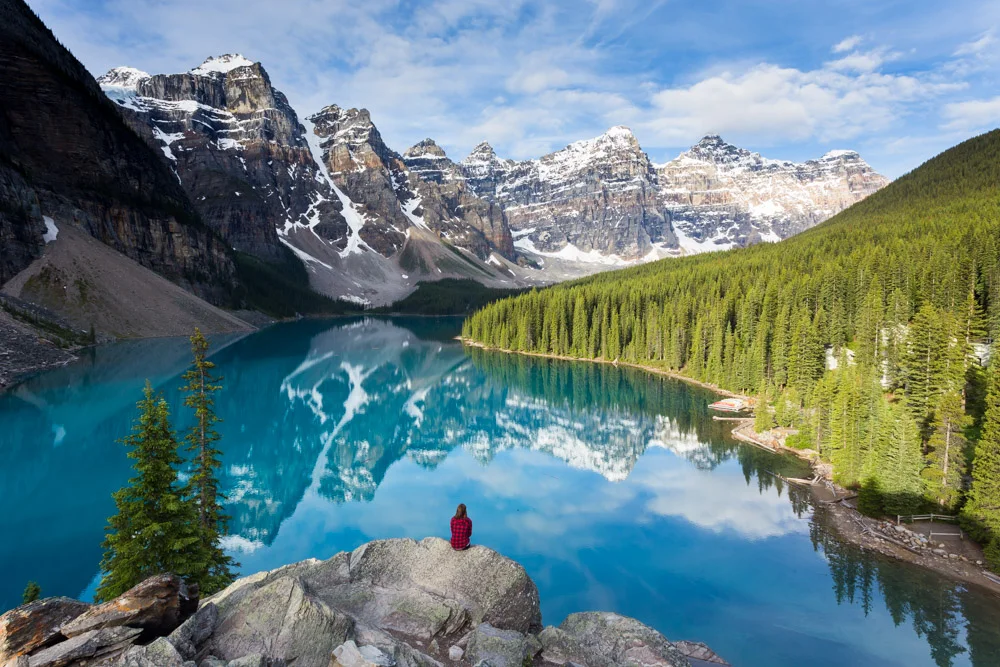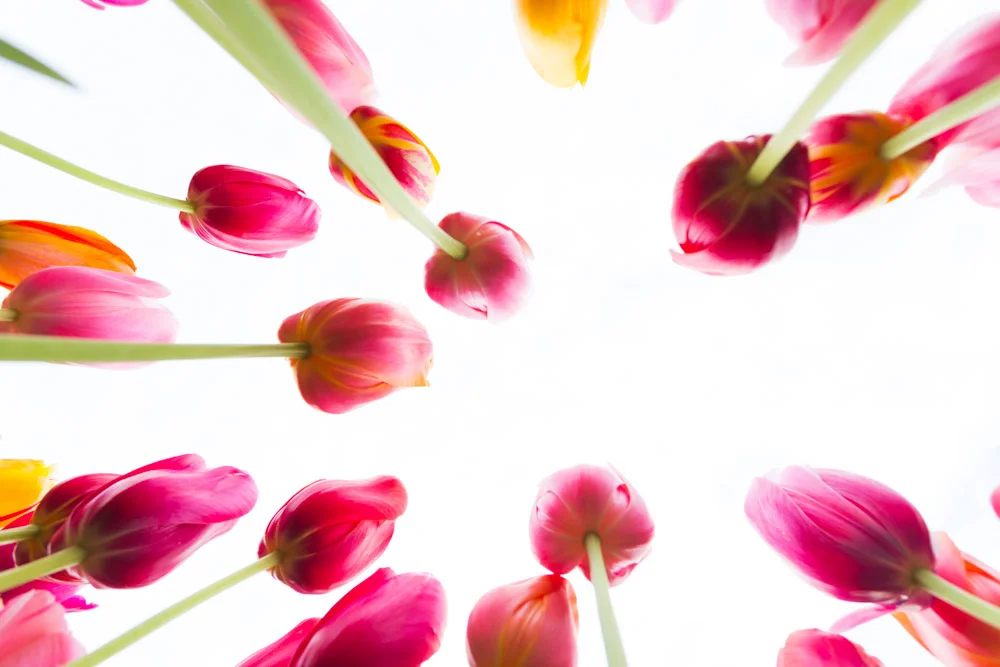Improving Your Photography
/It's a simple thing to say and difficult to do. Sometimes it's hard to know where to start if you want to improve.
For me the best improvements are small incremental changes and often come with repeated experiences out in the field, they're hard won and change the way you appreciate different scenes and photo opportunities. It's a good idea to look back at older photos and see the improvements you've made over time, it's often only then you can appreciate your own photography journey. But the improvements never stop! I find it inspiring to look forward to other people's work and try to emulate that quality, I regularly look at places like National Geographic for some truly awe-inspiring work.
If you're a beginner then there's a lot to be said for at least understanding the equipment better, but if you've used a camera for a while it might seem like it's difficult to know what else to learn. However, there are always some similar areas and themes where you can look to experiment and improve.
1. Light
A camera is essentially a light capturing device, if you want to really improve as a photographer you need to start understanding light.
Look at the light in your photos. What kind of quality does it have? Look at other photos that you admire and try to identify how that photographer has used the light available to get their shot.
Remember that light affects colour (they don't call it the 'Golden Hour' or the 'Blue Hour' for nothing) but it's not just those two hours, light and colour change all the time from sunrise to sunset and beyond.
For ultimate geek points, it's worth knowing that the word "Camera" comes from the Latin "Camera Obscura" which means dark chamber. It's easy to forget with modern cameras that you are literally holding a little room in your hand with a tiny window onto the world, the angle and direction of light falling into that window will have a dramatic effect on how the light falls on the wall behind.
Here are two photos from Rome of the exact same spot, straight out of the camera with no editing, taken 2mins 30sec apart.
It's sometimes worth waiting that extra few moments to see what happens with the light. Here is the final shot.
(Here's a quick tip: note the top left of the image has a dark curved line in the clouds. This is a hair on the sensor of my camera and was a feature of all 3,885 shots from Rome! So if you don't want to spend hours in the edit like I did, keep your sensor clean!)
2. Subject
I'm an introvert, which is probably why most of my shots are landscapes, but there's a truth I've had to acknowledge that people are interested in other people. If you're a portrait or street photographer, you already know this.
Of course that doesn't mean landscapes and wildlife photography are inferior, far from it, but it is worth pushing yourself out of your comfort zone and trying to photograph people if you don't already. People and characters are interesting and you can take that knowledge back out into the wilderness and look at scenes in a new way. What am I actually photographing here, why would anyone want to see it and how do I tell the story of this place in one shot. Each landscape, animal or building has certain characteristics and trying to draw those out will result in better shots.
Start being more picky about your subjects. From people to landscapes, if you choose something that will be interesting to other people and capture it in great light then you're 90% of the way to a winning photo.
I have started trying to include people into my landscapes and it often helps to provide scale and a focal point, I think these images are normally the most marketable as well. This one was picked up by an Australian travel magazine and I don't think I would have sold it without the person in the shot.
3. Creativity
This maybe what separates out the good from the great. 12 photographers go hiking to the same waterfall and only 1 comes out with the shot that everyone wants.
There are certain famous subjects that are difficult to photograph in any other way than what's been done before, but it's not impossible and there's normally at least one twist you can put on the situation that gives you a different perspective. If everyone is facing one way, what's going on behind you? If everyone is low, can you get high? If everyone is using a tripod, where can you get that they can't? Can you photograph a subject that no-one else has access to? If you haven't got the right gear with you, what else could you do? Are you prepared to change plans?
This affects photographers of all skill levels. If you're out for the day with the family and can't wait for the right light, then what style of shots could you take that suit the location and the weather. If you're always looking for the opportunity and challenge yourself to think creatively you'll almost certainly start producing better photos.
This was taken on a cloudy day, but by taking a completely different perspective it makes an otherwise standard flower shot a bit more interesting.
So those are just 3 broad things to think about next time you pick up your camera. I think all photographers are on a constant journey to improve and I hope that helps spark a few ideas for next time your out and about.
If you want to subscribe to our email newsletter for latests posts and ideas then please do here. It would be great to have you part of the IMG Wild community.




